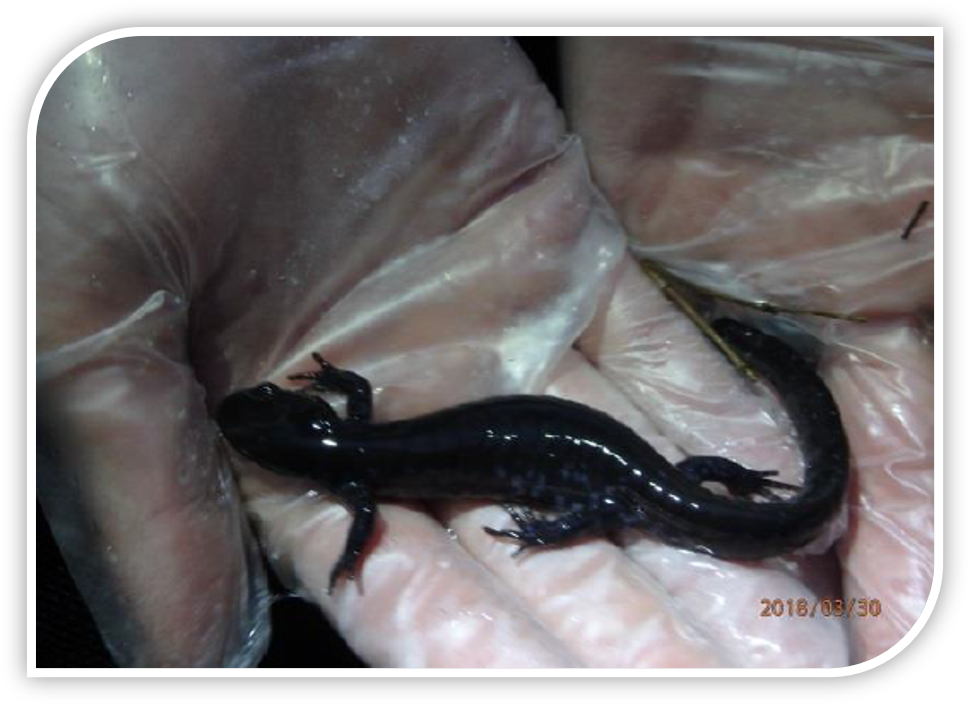Natural Environment
- Classification of vegetation communities and inventory of plant species and trees
- Surveys of breeding birds, amphibians and other wildlife
- Surveys of Species at Risk - Bobolink, Eastern Meadowlark, Eastern Whip-poor-will, Common Nighthawk, Blanding’s Turtle, Snapping Turtle, Jefferson Salamander, Bats, and Henslow’s Sparrow
- Jefferson Salamander surveys include identification of suitable pool habitat, live trapping and DNA tissue sample testing before release
- Bats surveys include habitat suitability assessment and acoustic monitoring
- Assessment of watercourses crossings (40) and ponds (4).
- Fish community surveys and minnow trapping at 10 watercourses
Archaeology
- Stage 1 overview assessment of study area
- Stage 2 field surveys by test pitting, or by ploughing followed by pedestrian survey, to identify artifacts of cultural significance and potential need for Stage 3 investigation
- Stage 3 testing of sites by excavating and screening of soil for artifacts to determine site age, size and significance, and potential need for Stage 4 investigation
Groundwater and Wells
- Boreholes drilled once terrestrial and archaeology field work undertaken
- Hydrogeological assessment to characterize groundwater conditions based on borehole information
- Well monitoring program



